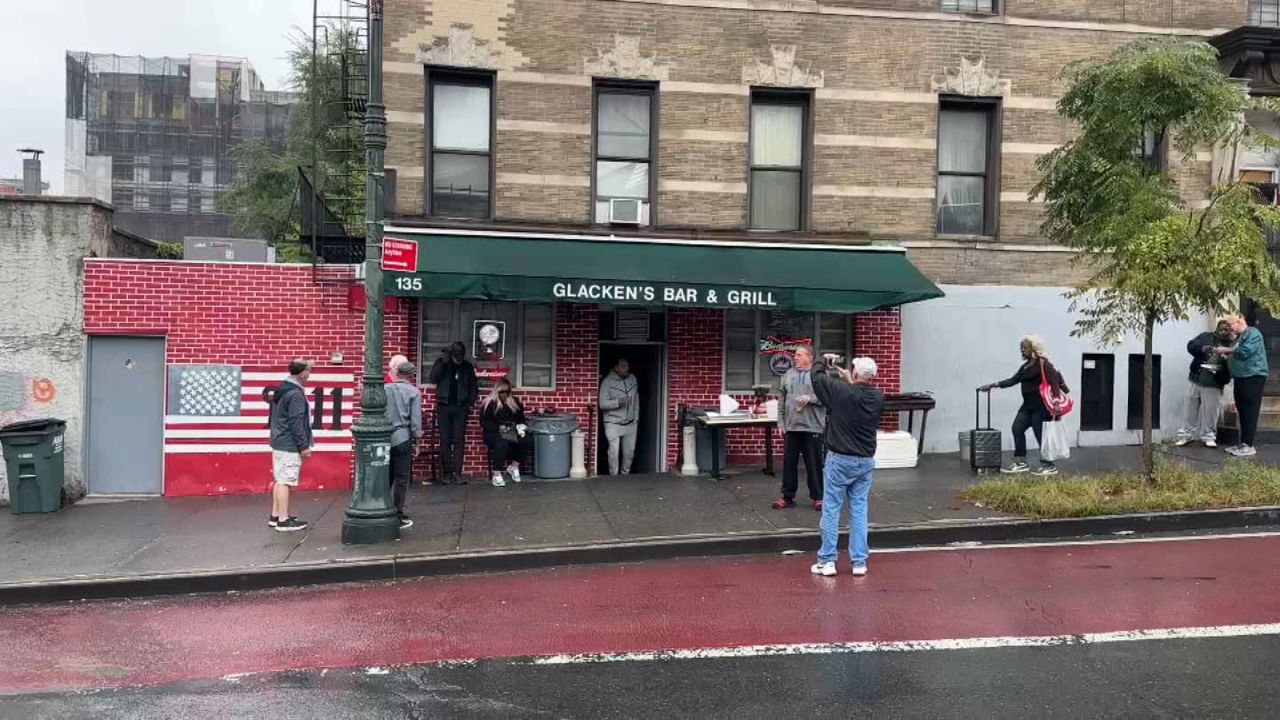In a matter of days, the nation's largest public cemetery will become New York City's newest park. Hart Island is located off the Bronx in the Long Island Sound — it's a mile-long, uninhabited plot of land used to bury more than 1 million people over the last 154 years.
"Hart Island itself is a reflection of New York City," said Martin Thompson, the executive director of Hart Island operations.
Since 1869, Hart Island has largely served as a burial ground for unclaimed or unidentified bodies, especially those from the 1980s and ‘90s AIDS epidemics. Hart Island accepted those who died from the disease.
“This was happening at a time when there was a lot of stigma and fear, not only of the disease but also of LGBTQ people, so a lot of funeral directors were refusing to embalm people who died of complications from the AIDS virus so where do they go?” said Michael Whitten, an urban park ranger.
Hart Island was once home to a psychiatric hospital, homeless shelter and jail, but most of those structures have been torn down. During the COVID-19 pandemic, thousands of New Yorkers were buried there in mass graves. Members of the Parks Department said they hope to destigmatize the island’s longstanding reputation.
“We’re here because of the continued advocacy and activism of those who did not forget their loved ones here, who pushed and fought in order to see their loved ones here and make sure their stories were told,” said Kasha Pazdar, another urban park ranger.
In 2021, the city transferred management of the cemetery from the Department of Correction to the Parks Department. Since then, Parks has been working to open Hart Island to the public.
“There is so much history here that we want the public to know and understand and enjoy this beautiful space in a way that’s respectful of the fact that it’s still an active burial site and the transfer has allowed that,” said Sue Donoghue, commissioner of the Parks Department.
For two days each month, the city will conduct graveside visits solely for family of the dead. But on two other days each month, the island will be free to visit and park rangers will offer guided tours.
“By looking at the things that worked or didn’t work in our city’s history, especially when we’re caring for our most vulnerable, that can help inform us on how we deal with the challenges of the future,” said Pazdar.
Those public tours will be tough to come by. The tickets will be offered by lottery for 30 spots twice a month. If you want to enter the lottery go to nycgovparks.org.








_PKG_Pugsley_Pizza_CG_129672386_545)
